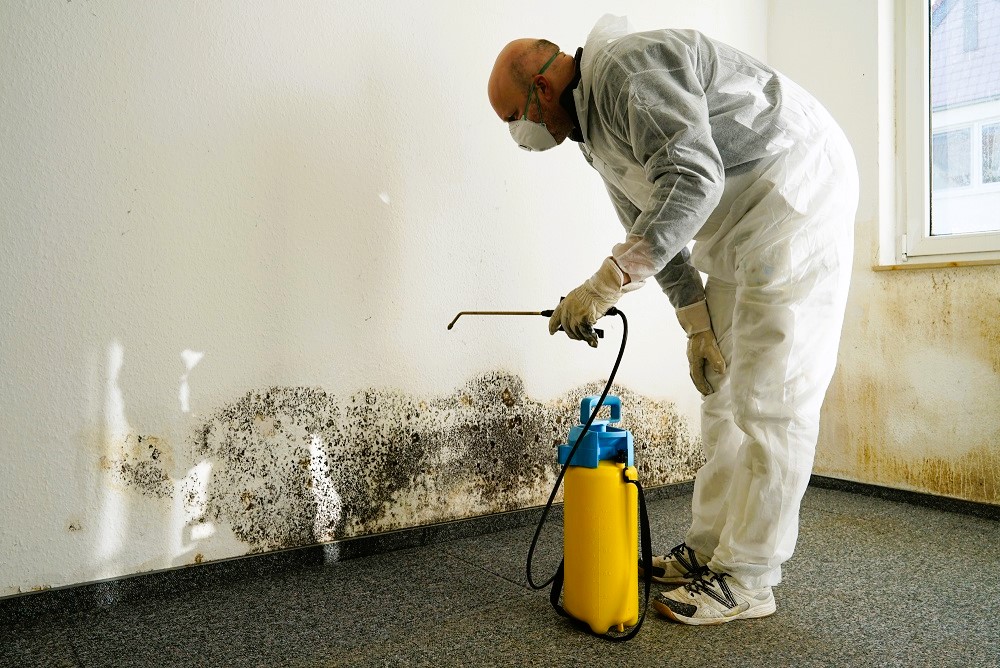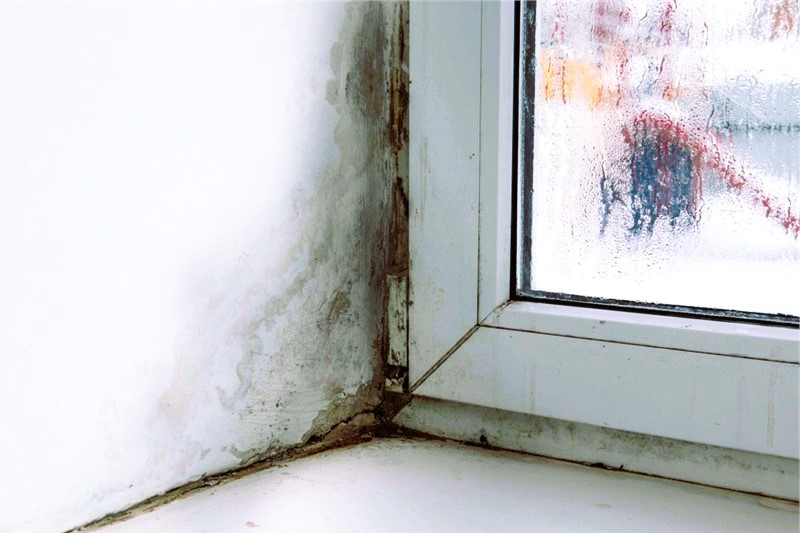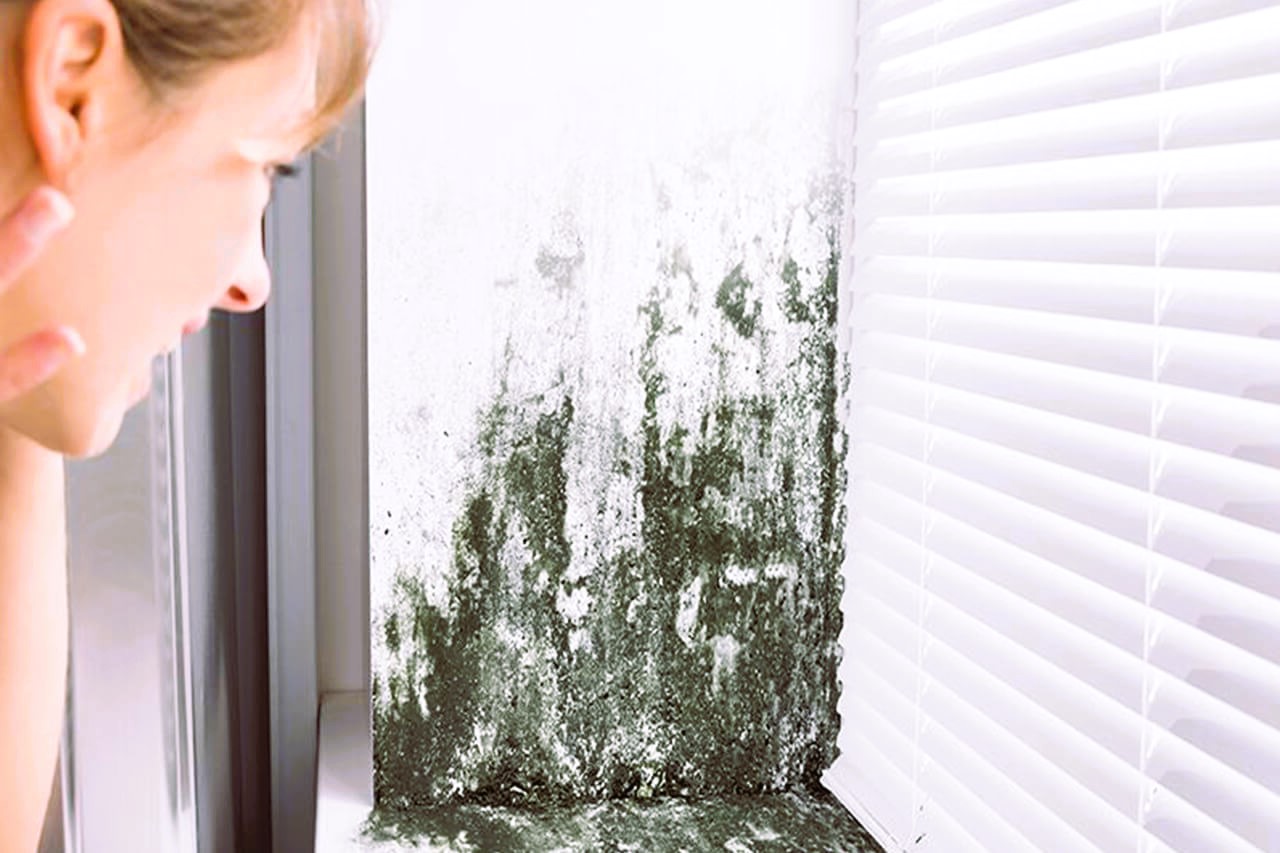Mold is a common household problem that can not only be unsightly but also potentially harmful to your health. It thrives in damp and humid environments and can grow on various surfaces, including walls, ceilings, and even inside your home’s heating and cooling systems. Preventing mold is crucial to maintain a healthy indoor environment and protect your home from damage. In this article, we will explore the causes of mold, the health risks it poses, and effective ways to prevent mold growth.
Understanding Mold and Its Causes
Mold is a type of fungus that reproduces by releasing spores into the air. These spores are invisible to the naked eye and can float through the air both indoors and outdoors. When spores land on a suitable surface and find moisture, they can begin to grow and multiply. Mold is most commonly found in areas with high humidity and poor ventilation, making it a common problem in bathrooms, kitchens, basements, and attics.

The primary causes of mold growth in homes include:
- High Humidity: Areas with high humidity levels, typically above 50%, provide an ideal environment for mold to thrive. Bathrooms and kitchens are often prone to humidity due to regular use of water.
- Leaking Pipes and Roof: Water leaks from pipes, roofs, or windows can create damp conditions that promote mold growth.
- Inadequate Ventilation: Poor ventilation can trap moisture inside your home, allowing mold to develop. Areas with limited airflow are particularly vulnerable.
- Condensation: Condensation can form on windows, walls, and ceilings when warm, moist air comes into contact with cooler surfaces. This moisture can lead to mold growth.
- Floods and Water Damage: Flooding and water damage, whether from natural disasters or plumbing issues, can create the perfect conditions for mold to flourish. Which windows are better? We compared Wood vs. Vinyl Windows, find out the answer.
Health Risks of Mold Exposure
Exposure to mold can have adverse health effects, especially for individuals with allergies, asthma, or compromised immune systems. Common health problems associated with mold exposure include:
- Respiratory Issues: Mold spores can be inhaled, leading to respiratory problems, such as coughing, sneezing, and wheezing.
- Allergic Reactions: Some people may develop allergies to mold, resulting in symptoms like runny nose, itchy eyes, and skin rashes.
- Asthma Exacerbation: Mold can trigger asthma attacks in individuals with asthma, potentially causing severe breathing difficulties.
- Irritation of the Eyes, Nose, and Throat: Mold exposure can cause irritation in these areas, leading to discomfort and inflammation.
Preventing Mold Growth

Preventing mold growth is essential for maintaining a healthy and safe indoor environment. Here are effective ways to keep mold at bay:
- Monitor Humidity Levels: Use a hygrometer to measure indoor humidity. Keep humidity levels below 50% to discourage mold growth.
- Ventilation: Ensure proper ventilation in areas prone to moisture, such as bathrooms and kitchens. Use exhaust fans or open windows to allow moisture to escape.
- Regular Cleaning: Regularly clean and disinfect areas where mold is likely to grow, including bathrooms, kitchens, and basements.
- Fix Leaks: Promptly repair any leaks from pipes, roofs, or windows to prevent water from entering your home.
- Reduce Condensation: Use dehumidifiers and address any condensation issues, such as insulating windows and walls.
- Proper Insulation: Insulate your home to prevent warm, moist air from coming into contact with cooler surfaces.
- Mold-Resistant Products: Consider using mold-resistant paints, drywall, and insulation in areas prone to mold growth.
- Regular Maintenance: Conduct regular home maintenance, including roof inspections and cleaning gutters to prevent water damage.
- Professional Mold Removal: If you discover a significant mold infestation, consult with a professional mold remediation service to safely remove the mold.
Additional Resources for Mold Prevention in Canada
To ensure you are following the best practices for preventing mold in Canada, it’s important to be aware of local building standards and regulations. You can find more information on construction and safety standards in Canada by referring to Canada.ca. These resources offer valuable insights into maintaining a mold-free environment while adhering to local standards.
Preventing mold growth is a fundamental aspect of maintaining a healthy and comfortable home. By understanding the causes of mold, its health risks, and implementing effective prevention strategies, you can create a mold-free living environment for you and your family.




